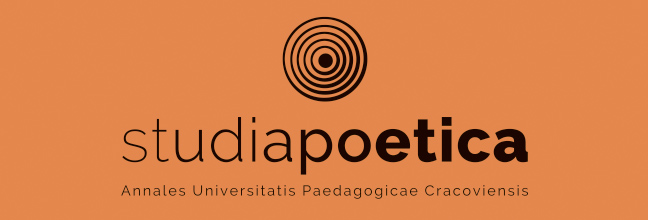Bipedes bestiaeobraz Hunów w oczach autorów rzymskich IV i V w. n.e.
Main Article Content
Abstrakt
The author traces the changes in the depiction of the Huns in Roman literaturę sińce the Romans’ first encounter with those “two-legged beasts” until the break of the 5th and 6th centuries. Sample descriptions of the Huns are ąuoted both from historie sources (Ammianus Marcellinus, Priskos or Jordanes) and from late-Roman poetry (Claudius Claudianus, Merobaudes, Sidonius Appolinaris). There are subseąuently presented descriptions of appearance, fighting methods, conditions of living, social organisation and beliefs of the Huns. In depictions of the Huns by Roman authors in the 4-6th centuries some information can be found that is a reflection of the topoi rooted in the classical literaturę and related to the nomadic barbarians, which appeared already in Herodotus, Pompeius Trogus and others. On the other hand, some information can be found that differs among particular authors in correspondence with better familiarisation with the Huns and the changes taking place in the tribe. A dirty, primitive half-animal from Ammian Marcellinus, in less than a century was transformed into a representative of an influential barbarian people who is acąuainted with permanent settlement and achievements of the antiąuity (Attila’s and his officials’ dwellings depicted by Priskos or a famous Onegesios’s “balineion”). Analysing literary tropoi is an interesting research task, however analysing the second aspect, namely the gradual process of mutual acąuaintance of
the Romans and the Huns and their perception of customs is not just interesting but also very
fruitful for developing knowledge about “states” of nomadic tribes at the break of ancient and
medieval Europę.
the Romans and the Huns and their perception of customs is not just interesting but also very
fruitful for developing knowledge about “states” of nomadic tribes at the break of ancient and
medieval Europę.
Article Details
Jak cytować
Wilczyński, M. (2015). Bipedes bestiaeobraz Hunów w oczach autorów rzymskich IV i V w. n.e. Res Gestae, 2, 27–44. Pobrano z https://resgestae.uken.krakow.pl/article/view/2503
Numer
Dział
Artykuły
|
